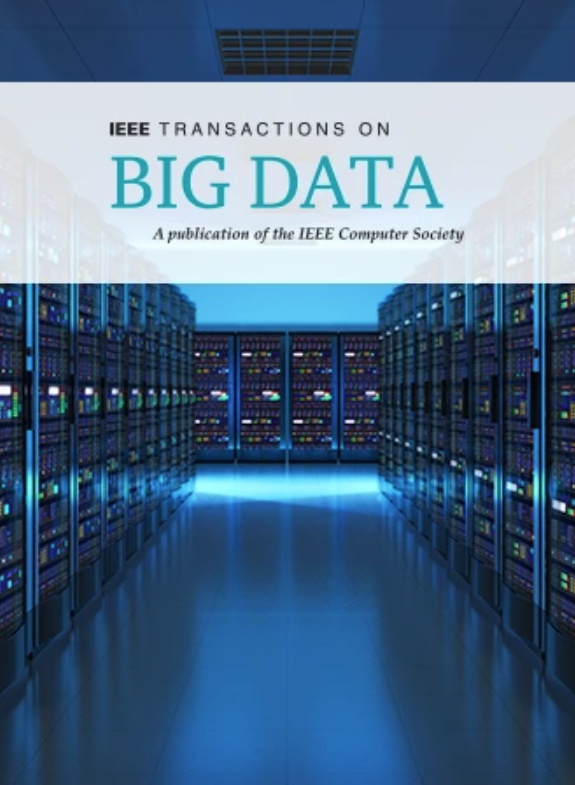System Identification With Fourier Transformation for Long-Term Time Series Forecasting
IF 7.5
3区 计算机科学
Q1 COMPUTER SCIENCE, INFORMATION SYSTEMS
引用次数: 0
Abstract
Time-series prediction has drawn considerable attention during the past decades fueled by the emerging advances of deep learning methods. However, most neural network based methods fail in extracting the hidden mechanism of the targeted physical system. To overcome these shortcomings, an interpretable sparse system identification method without any prior knowledge is proposed in this study. This method adopts the Fourier transform to reduces the irrelevant items in the dictionary matrix, instead of indiscriminate usage of polynomial functions in most system identification methods. It shows an visible system representation and greatly reduces computing cost. With the adoption of傅立叶变换用于长期时间序列预测的系统辨识
在过去的几十年里,由于深度学习方法的不断发展,时间序列预测引起了相当大的关注。然而,大多数基于神经网络的方法无法提取目标物理系统的隐藏机制。为了克服这些缺点,本文提出了一种不需要任何先验知识的可解释稀疏系统识别方法。该方法采用傅里叶变换来减少字典矩阵中不相关项,而不是在大多数系统辨识方法中随意使用多项式函数。它显示了一个可见的系统表示,大大降低了计算成本。在正则化参数矩阵时采用$l_{1}$范数,可以实现系统模型的稀疏描述。并利用水利数据、全球气温数据和金融数据3个数据集对本文方法的性能进行了验证。虽然不知道物理背景的先验知识,但实验结果表明,与广泛使用的基线数据驱动方法相比,我们的方法可以在不考虑原始数据中的噪声和不完整性的情况下实现更准确的长期预测。该研究可能为时间序列预测研究提供一些见解,并表明白盒系统识别方法可以提取容易被忽视但固有的周期性特征,并且可能在长期预测任务中击败基于神经网络的黑盒方法。
本文章由计算机程序翻译,如有差异,请以英文原文为准。
求助全文
约1分钟内获得全文
求助全文
来源期刊

IEEE Transactions on Big Data
Multiple-
CiteScore
11.80
自引率
2.80%
发文量
114
期刊介绍:
The IEEE Transactions on Big Data publishes peer-reviewed articles focusing on big data. These articles present innovative research ideas and application results across disciplines, including novel theories, algorithms, and applications. Research areas cover a wide range, such as big data analytics, visualization, curation, management, semantics, infrastructure, standards, performance analysis, intelligence extraction, scientific discovery, security, privacy, and legal issues specific to big data. The journal also prioritizes applications of big data in fields generating massive datasets.
 求助内容:
求助内容: 应助结果提醒方式:
应助结果提醒方式:


